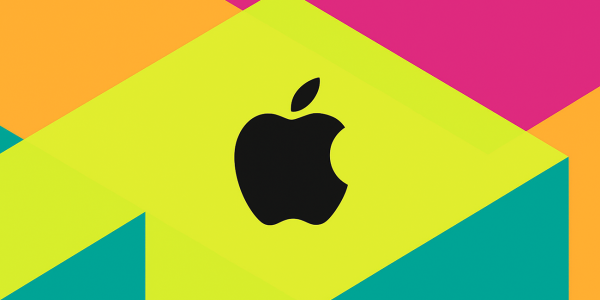So more people are playing mobile games during the pandemic — that’s good, right? Sure, but that growth can backfire.
“2021 will be a challenging year,” as Barak put it.
Vlad promptly agreed, noting that the perception of continuous growth is “not sustainable.” Investors’ appetites in the mobile game industry are growing, but so too are their expectations. Meanwhile, the mobile game industry is becoming increasingly crowded resulting in shorter game lifespans.
Another challenge looming on the 2021 horizon is
iOS 14. While Apple gave mobile developers a
stay of execution on the operating system’s new privacy features, the eventual switch to opt-in IDFA permission will change the mobile marketing industry immensely. As I wrote
a few months ago, “Some developers fear this update represents a seismic shift in the mobile ad ecosystem.”
As the Director of UA at Jam City, Pete is still figuring out how to “roll with that.” The IDFA — quite literally, Identifier for Advertisers — is frequently used by marketers, especially in the user acquisition process, to track users and deliver customized advertisements/ When the changes go into effect sometime next year, the IDFA will be turned off by default, cutting off access to vital, monetizable insights..
“That doesn’t necessarily mean the sky is falling,” Pete said. Though marketers will no longer be able to leverage in-app purchase history to target players, advertising costs may level off as well. Marketing could shift to a more “probabilistic” model with new data sources. Jam City is currently in the process of exploring new advertising channels, though Pete couldn’t get into specifics about that.
“The market must be balanced,” Barak added. Advertising costs cannot continue to rise without delivering results. Murka uses a dedicated data science team to predict conversions and other metrics, that may prove more important than ever in a post-IDFA world.










